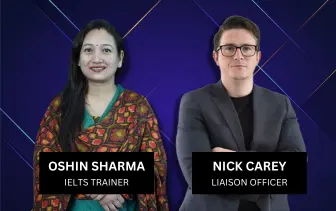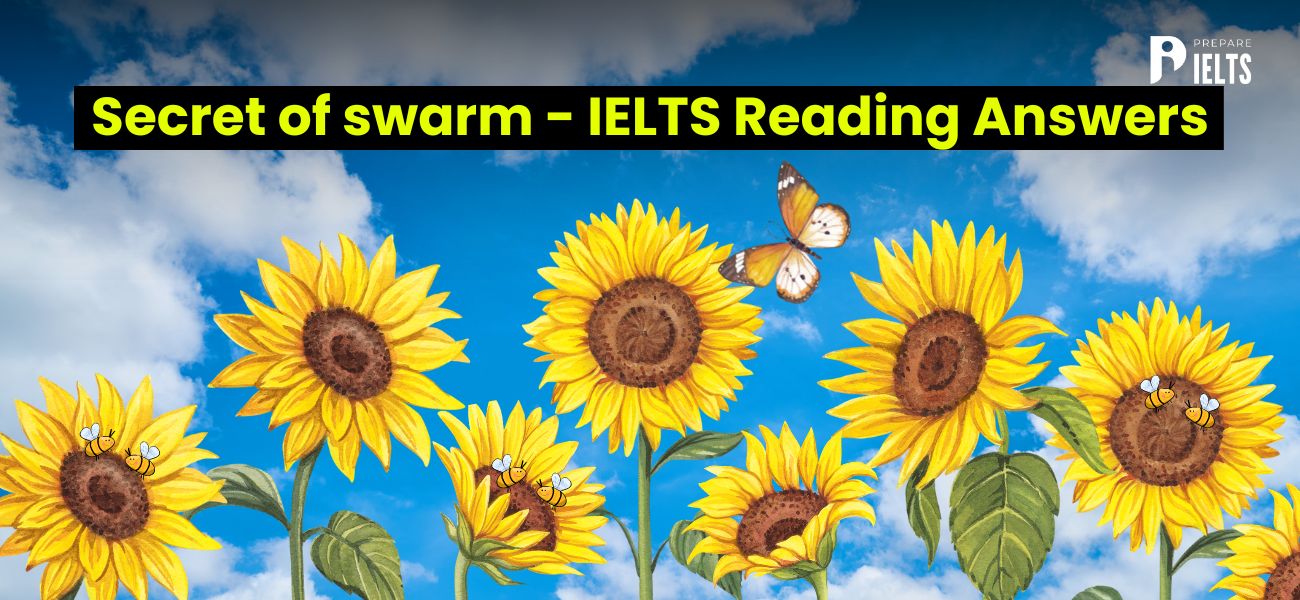
Overview
With hard effort, IELTS applicants can achieve their greatest score in the reading module. To achieve a good score, you must learn how to approach and respond to the various sorts of questions in the reading module.
You can assess your reading comprehension by reviewing sample reading questions from previous IELTS tests. Take the IELTS reading practice test "Secrets of the Swarm" described below.
Secret of swarm - IELTS reading passage
The reading passage in the academic section, Secrets of the Swarm Reading Answers, has thirteen questions. You can start by reading the passage below and then attempt the related questions.
Secrets of swarm
-
Insects, birds, and fish are often the species that people feel the most distanced from. Unlike many animals, they do not participate in human-like behaviour. The method in which they swarm or flock together is also hardly covered by the culinary press. The picture of city commuters marching like worker ants is a frequent one, but it is not a good one. Yet, according to a new school of scientific thought, these swarms may have much to teach us.
-
American author Peter Miller writes, ‘I used to believe that individual ants understood where they were heading and what they were meant to accomplish upon arrival. Deborah Gordon, a scientist at Stanford University, demonstrated to me that nothing ants conduct makes sense outside of the context of the colony as a whole. Which makes you question whether, as people, we don't serve a comparable purpose for the organisations where we work and the societies in which we reside.’ Ants lack intelligence on their own. However, as a colony, they make prudent choices. And, as Gordon discovered through her research, no ant makes decisions or issues orders.
-
Take food collection for instance. No ant determines, "There is a lot of food available today; many ants should go out to get it," when there is an abundance of food available. Instead, some forager ants go out, and as soon as they locate food, they return to the colony. At the entryway, they transmit a "go out" signal to the reserve foragers by brushing by them. The quicker foragers return, the more food there is, and the quicker other foragers go, till the quantity of food brought back eventually decreases. An organic computation was performed to answer the query, ‘How many foragers does the community need today?’ And if anything goes wrong - for instance, a hungry lizard hunting for an ant lunch - a swarm of ants returning without food sends a “Don’t go out” signal to the waiting reserves.
-
But could this kind of decentralised control function in a human organisation? Miller visited a Texas gas firm that has effectively employed calculations based on the behaviour of ant colonies to optimise its plants and transportation routes. They invented a computer model based on the principles of self-organisation observed in ant communities as Miller says, “If ant communities have evolved a method for establishing the most effective routes between their nests and food sources, company management reasoned, why not make use of that information? The model is supplied with information about deliveries that must be done the next day, as well as weather conditions, and it generates a simulation identifying the optimal path for delivery vehicles.
-
Miller notes that it was not until he read a honeybee study by Tom Seeley, a scientist at Cornell University, that he recognised the influence that swarm behaviour may have on people. The honeybees decide together which new nest to migrate into. Initially, scouts fly to different locations to study them. When they return, they perform a "waggle dance" for their location, prompting further scouts to investigate. Numerous bees leave their hives, but none compares all locations. Each gives feedback on just one. The more they enjoyed their nest, the more energetic and prolonged their waggle dance would be, and the more bees would visit it. The volume of bees increases up toward a certain location; it assures that support for the best location snowballs and that the choice is made in the most democratic way possible.
-
Through a variety of information and a little bit of healthy competition, humans can also make intelligent judgements. Miller states, "The greatest example of shared decision-making I saw during my research was a town meeting in Vermont where people argued their annual budget face-to-face.” For group decision-making to be effective, it is necessary to have a method for filtering through the many possibilities proposed by group members and a method for narrowing these options. Vermont residents govern their local affairs by submitting ideas or supporting the proposals of others until a vote reaches a consensus. As with bees, a wide sample of choices prior to making a decision will often result in an agreeable compromise for everyone. The 'wisdom of the multitude' produces intelligent judgments for the benefit of the collective, and leaves people feeling informed and appreciated.
Also read: Describe a school you went to in your childhood - IELTS speaking cue card
-
Without physical interaction, we are increasingly demonstrating swarm behaviour on the internet as well. For instance, Miller compares a wiki website to a termite hill. Information-sharing websites are based on the fundamental idea of indirect cooperation, exactly as termites develop their intricate structures. Termites lack a plan from an architect or a great building design. They merely detect changes in their surroundings, such as when the mound's wall has been damaged, changing the airflow. They go to the location of the change and put a grain of dirt there. When another termite discovers the grain, it too will discard it. When another termite discovers the grain, it too will discard it. A termite mound is comparable to a wiki website in this regard. Instead of discussing what we want to share online in person, we just add to what someone else, perhaps a stranger on the other side of the world, has already written. This indirect knowledge and skill-sharing is now reaching the halls of power.
Secret of swarm - questions and answers
Questions 1-3
Complete the sentence with the correct ending, A-F, below.
1. Managers working for a Texas gas company
2. Citizens in an annual Vermont meeting
2. Some internet users
To develop vast and complex systems, use descriptive comments.
Provide support for each other’s ideas in order to reach the best outcome.
Communicate with each other to determine who the leader will be.
Repair structures they have built without directly communicating with one another.
Use decision-making processes based on insect communities to improve their service.
Contribute independently to the thoughts of others they do not know.
Answer 1: C
Explanation 1: According to paragraph D, l1st line, “Miller visited a Texas gas company that has successfully applied formulas based on ant colony behaviour to ‘optimise its factories and route its trucks. … So they came up with a computer model based on the self-organising principles of an ant colony. Data is fed into the model about deliveries needing to be made the next day, as well as things like weather conditions, and it produces a simulation determining the best route for the delivery lorries to take.”
Answer 2: A
Explanation 2: According to paragraph F (6th, 7th, and 8th line), “Citizens in Vermont control their municipal affairs by putting forward proposals, or backing up others’ suggestions until a consensus is reached through a vote.” It is evident that attendees at Vermont meetings encourage one another's views and proposals to come to the best decision possible (consensus). Therefore, the response is A.
Answer 3: E
Explanation 3: According to paragraph G (10th, 11th, and 12th line), “Rather than meeting up and talking about what we want to post online, we just add to what someone – maybe a stranger on the other side of the world – already wrote. This indirect knowledge and skill-sharing is now finding its way into the corridors of power.” Since it is evident that certain Internet users (we) independently contribute (via indirect knowledge and skill-sharing) to the thoughts of strangers they do not know, the answer is E.
Also read: The Coconut Palm - Reading Answers
Questions 4-7
Complete the flowchart.
Write NO MORE THAN TWO WORDS from the passage for each answer.
How honeybees choose a new nest
Honeybee 4. _______ research potential online locations
Upon their return, they perform 5. ________
Other bees are active and report back
Enthusiasm and 6. ________ increase for one particular site
A decision is made utilising a 7. ______ procedure
Answer 4: scouts
Explanation 4: According to the 3rd and 4th line of paragraph E, “The honeybees choose as a group which new nest to move to. First, scouts fly off to investigate multiple sites.”
Answer 5: waggle dance
Explanation 5: According to the 4th line of paragraph E, “When they return they do a ‘waggle dance’ for their spot…”. This remark highlights that upon their return from their quest for new websites, Honeybee scouts engage in a waggle dance. Thus, "waggle dance" is the correct response.
Answer 6: Volume
Explanation 6: According to the lines 6th, 7th, and 8th of paragraph E, “The more they liked their nest, the more vigorous and lengthy their waggle dance and the more bees will choose to visit it. Gradually the volume of bees builds up towards one site…”.
Answer 7: Democratic
Explanation 7: According to the 8th and 9th lines of paragraph E, “…it’s a system that ensures that support for the best site snowballs and the decision is made in the most democratic way.” This reference leads us to the conclusion that a democratic procedure is used to determine the optimal nest site in the end. Thus, "democratic" is the correct response.
Also read: Describe a Birthday Party - IELTS speaking cue card
Questions 8-13
Answer the question from True/ False or Not Given.
TRUE: if the statement agrees with the information
FALSE: if the statement contradicts the information
NOT GIVEN: if there is no information on this
8. Commuters are sometimes likened to worker ants in a positive light.
9. Certain ants within a colony have leadership positions.
10. Forager ants communicate the distance to the food source.
11. Forager ants can respond rapidly to potentially threatening circumstances.
12. Wind may cause damage to termite mounds.
13. Termites construct their nests without interacting directly with one another.
Answer 8: False
Explanation 8: According to the 3rd and 4th lines, of paragraph A, remark that “…marching like worker ants might be a common simile for city commuters, but it’s a damning, not positive, image.” This indicates that, even though worker ants and commuters are frequently contrasted (a familiar simile), the comparison is unfavourable because of the negative connotation associated with it. Thus, the response is false.
Answer 9: False
Explanation 9: According to the 6th and 7th lines of paragraph B, “And as Gordon discovered during her research, there’s no one and making decisions or giving orders.”. the fact that no ant in an ant colony can operate as a leader because they are unable to issue commands or make choices. Thus, the response is false.
Answer 10: Not Given
Explanation 10: Forager ants are discussed in the third paragraph; however, it is unclear if they communicate with one another about the distance to the food source. Therefore, "Not Given" is the correct response.
Answer 11: True
Explanation 11: According to the 7th and 8th line of paragraph C, “And if something goes wrong – a hungry lizard prowling around for an ant snack, for instance – then a rush of ants returning without food sends waiting reserves a ‘Don’t go out’ signal. This demonstrates that, like predators, forager ants can respond swiftly to a hazardous situation. Thus, the answer is True.
Answer 12: Not Given
Explanation 12: Since there is no evidence on whether wind can harm termite mounds, the response is "Not Given."
Answer 13: True
Explanation 13: According to paragraph G (from 4th to 9th line), “Termites do not have an architect’s blueprint or a grand construction scheme. They simply sense changes in their environment, as for example when the mound’s wall has been damaged, altering the circulation of air. They go to the site of the change and drop a grain of soil. When the next termite finds that grain, they drop theirs, too. Slowly, without any kind of direct decision-making, a new wall is built.”. The answer is True since it is evident that termites fix their mounds without speaking to one another directly.
Also Check: Colleges in Canada Accepting IELTS 5.5 Band
Register Now, for a free Mock test - Join Today!
Conclusion
In order to score highly on the actual IELTS test, you must learn how to apply problem-solving strategies and enhance your comprehension. As a result, "Secret of swarm reading answers" will assist you in improving your skills and understanding text meaning.
We hope now you have an idea of how to respond to the IELTS reading passage questions. But, if you are still looking for more details or would like to prepare for IELTS, you can contact Prepare IELTS exam (PI) expert counsellors for further guidance. Our team of education experts is dedicated to providing you with the best test material and guidance to ace the IELTS exam. You can get a one-on-one counselling session and an IELTS online practice test via our platform. Contact us at info@prepareieltsexam.com or call us at +91 9773398388 for further queries.
Latest Blogs
-

IELTS Score for Canada: Minimum IELTS Requirement for Canada 2025
2024-09-27 18:24:14
-
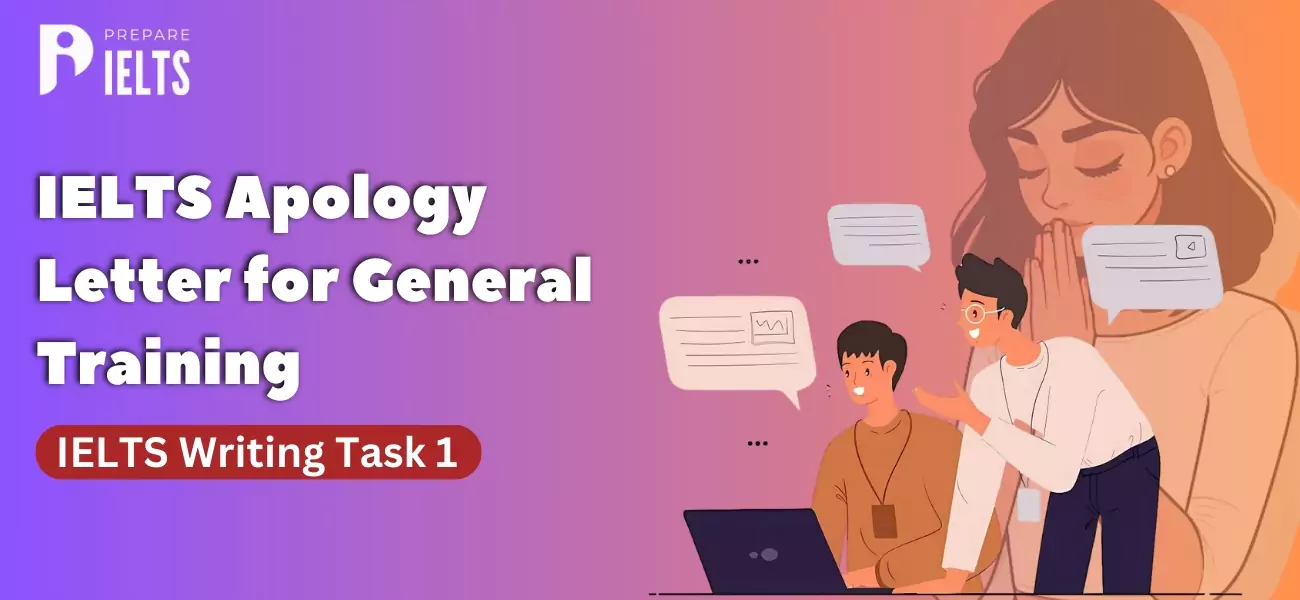
IELTS Apology Letter for General Training: IELTS Writing Task 1
2024-09-25 16:38:03
-

Minimum IELTS Score for Australia: Student Visas, Universities, and PR in Australia
2024-09-23 18:09:51
-
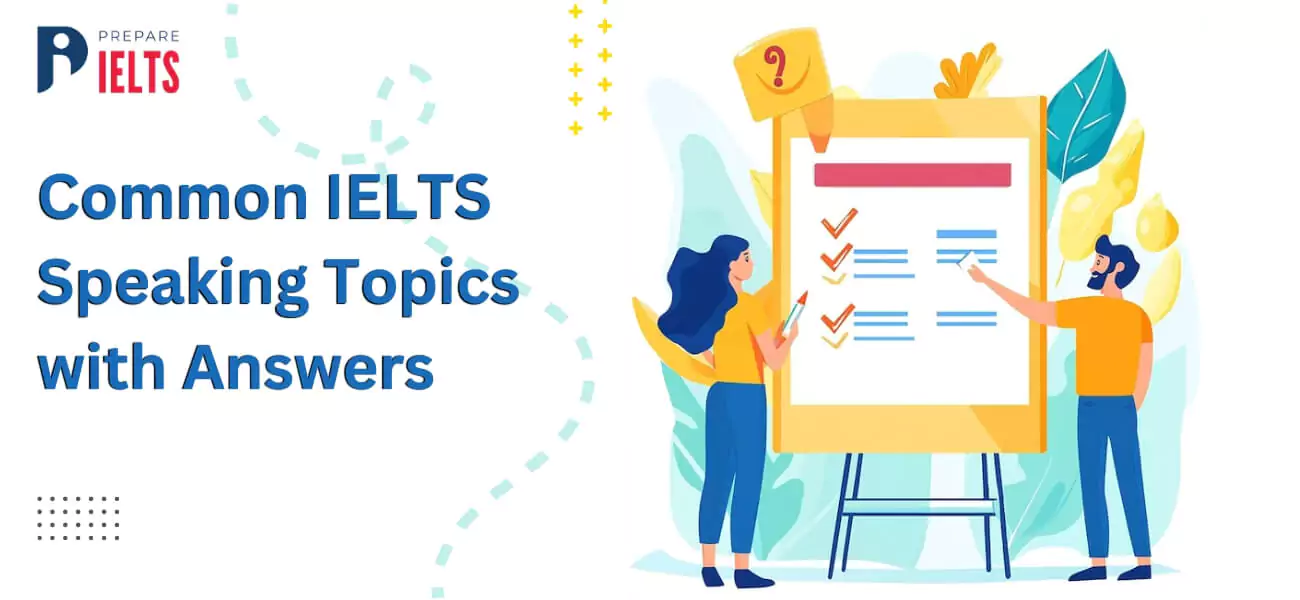
Common IELTS Speaking Topics with Answers
2024-09-20 18:21:56
-
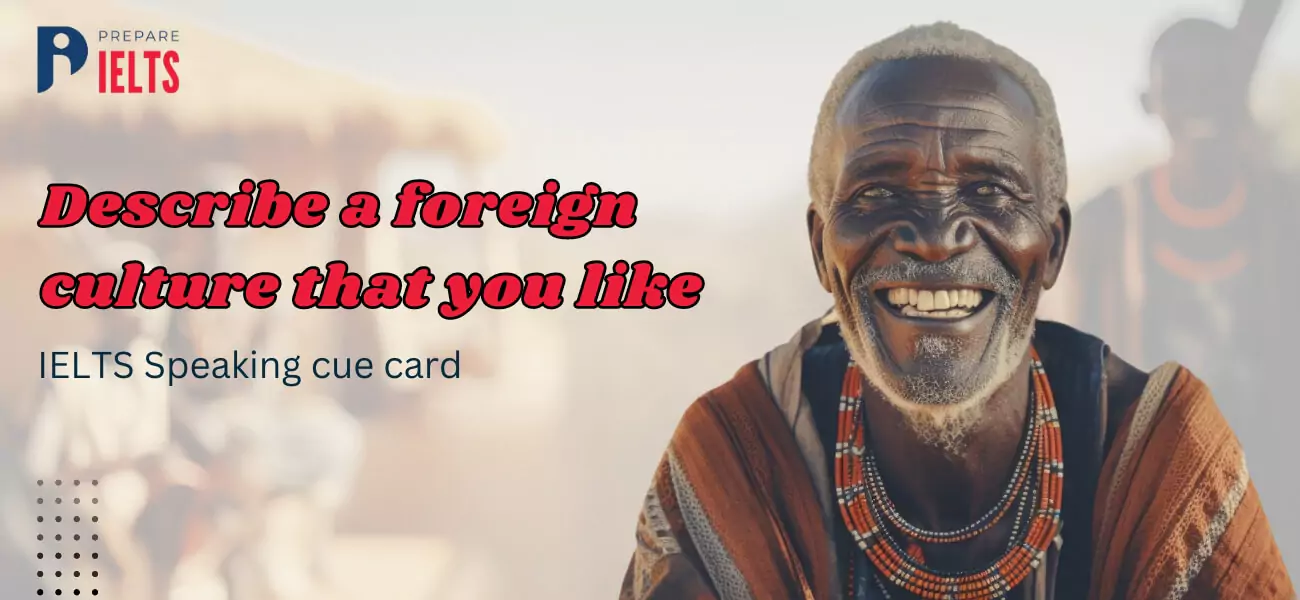
Describe a foreign culture that you like: IELTS speaking cue card
2024-09-18 16:14:11
-

Describe a Rainy Day IELTS Speaking cue card
2024-09-18 11:11:32
-
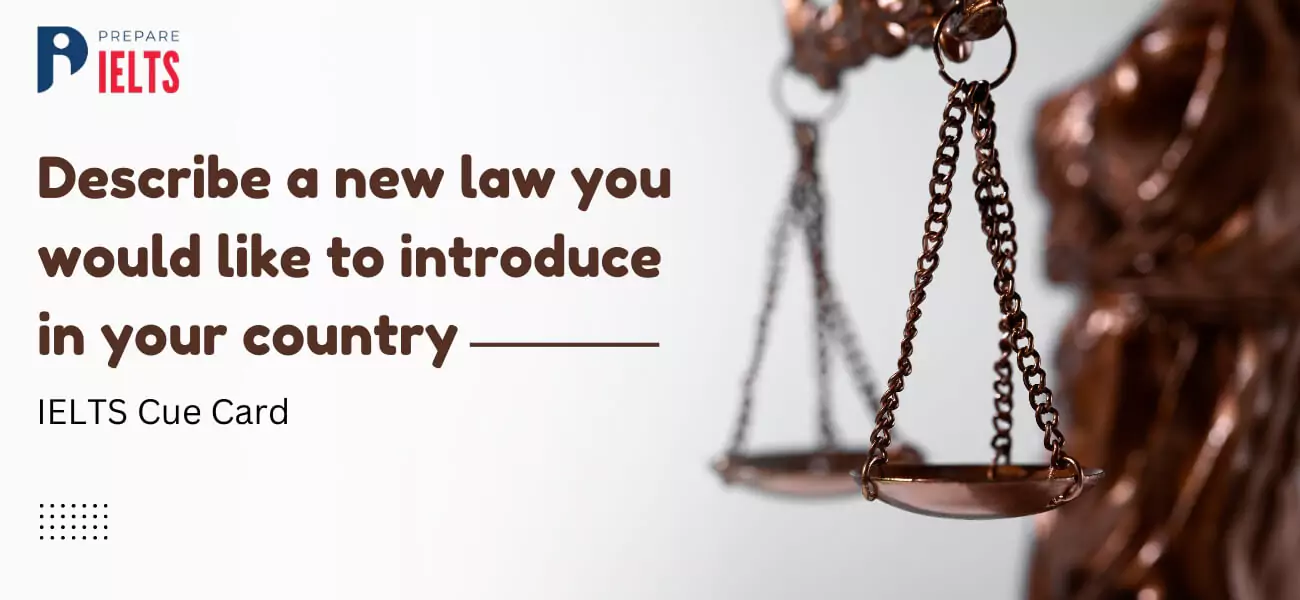
Describe a new law you would like to introduce in your country IELTS cue card
2024-09-13 17:17:46
-
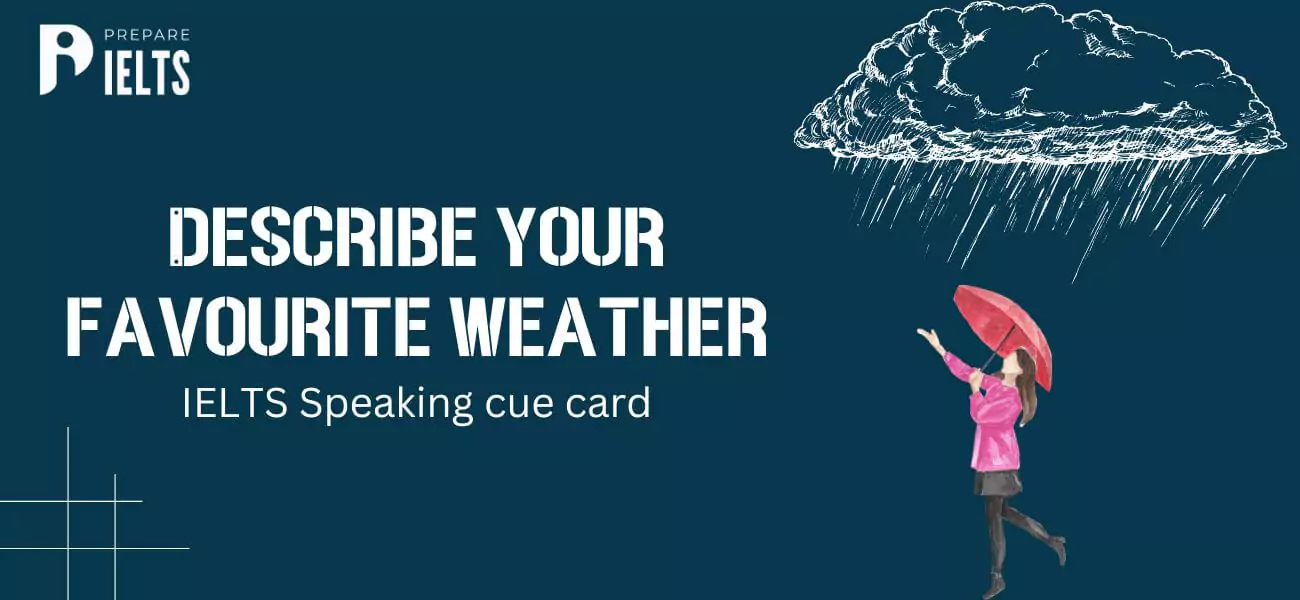
Describe your favourite weather: IELTS cue card
2024-09-11 18:01:28
-

Describe an enjoyable journey by public transport: IELTS cue card
2024-09-09 18:05:45
-
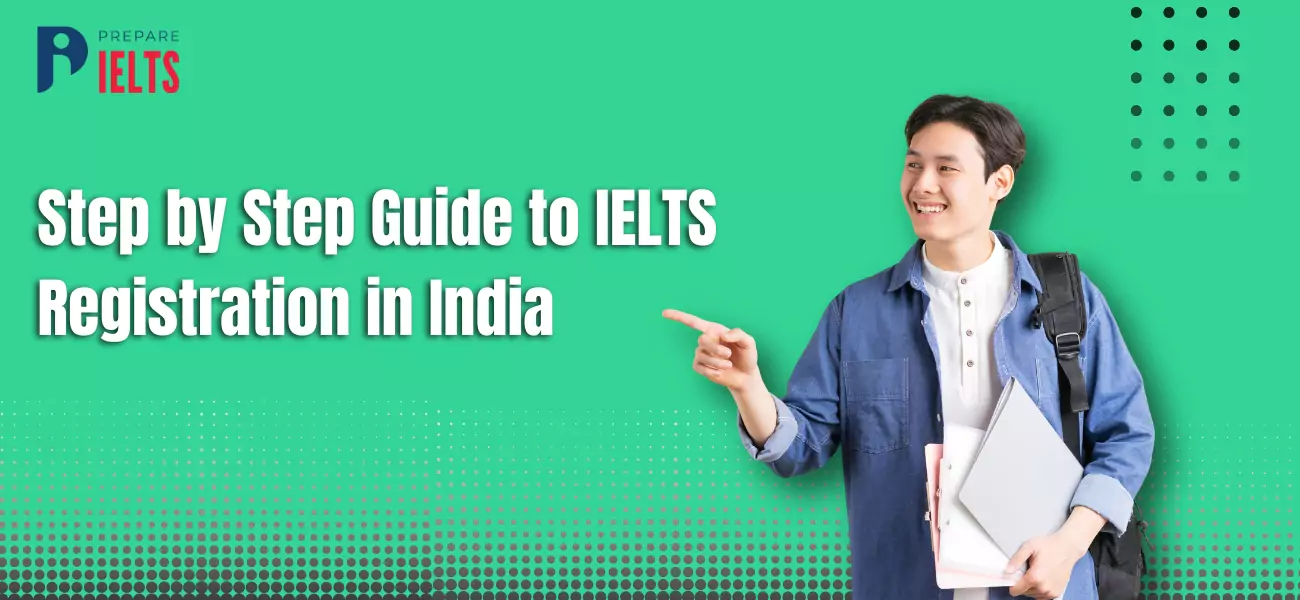
Step-by-Step Guide to IELTS Registration in India for the Year 2024 & 2025
2024-09-07 12:59:51
